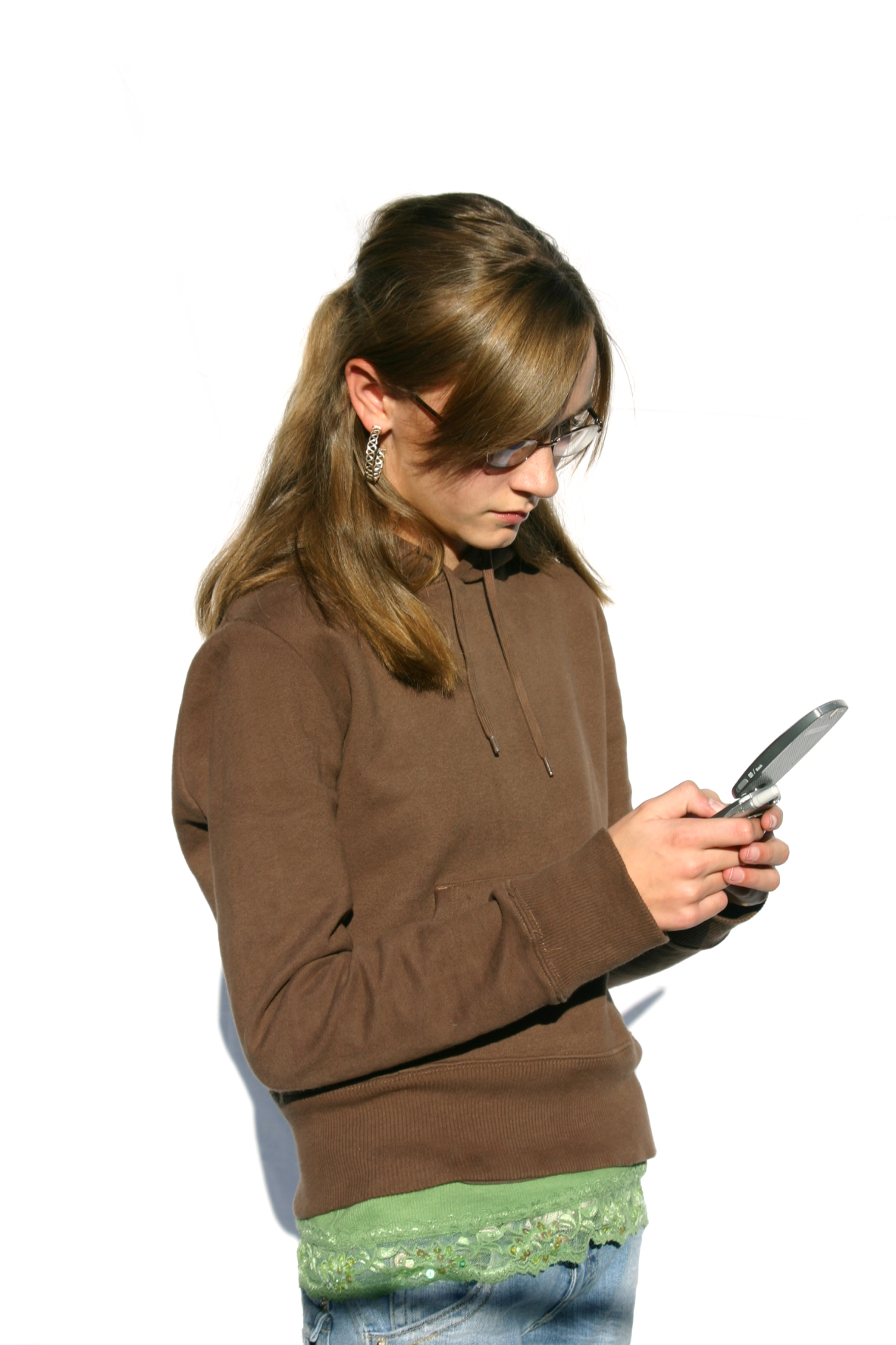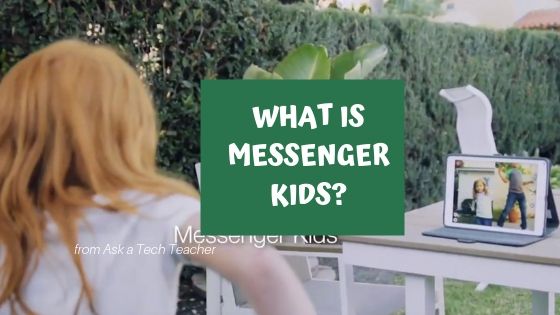From Ask a Tech Teacher contributor, retired teacher and education consultant, Christian Miraglia:
Instagram: A Student Vehicle for Social Change
 In my last post, I wrote about using Twitter for classroom instruction. Here, the focus is how students use social media to advance their causes and concerns. As a history teacher, I emphasized the concept of taking action on social issues to affect change. Having grown up in the sixties and seventies, I saw the civil rights movements and the anti-war movement at their height. These social movements involved a network of people intent on making a change in a world that was deaf to their concerns. The organizing of the various marches was primarily done by word of mouth and using the latest technology; the phone. Tracing back centuries, we see information being transferred by horse and by foot, which could take days, weeks, and even months.
In my last post, I wrote about using Twitter for classroom instruction. Here, the focus is how students use social media to advance their causes and concerns. As a history teacher, I emphasized the concept of taking action on social issues to affect change. Having grown up in the sixties and seventies, I saw the civil rights movements and the anti-war movement at their height. These social movements involved a network of people intent on making a change in a world that was deaf to their concerns. The organizing of the various marches was primarily done by word of mouth and using the latest technology; the phone. Tracing back centuries, we see information being transferred by horse and by foot, which could take days, weeks, and even months.
Entering the third year of the pandemic, we see students marching out from schools in frustration with the inconsistent policies and the lack of voice in decisions affecting their education. As these became more prevalent over the last month, I was intrigued by how the students organized their walkouts. The method they used their phones was reminiscent of the Arab Spring in the early 2010s.
From the Wired feed from January 17, 2022, the headline reads Inside the Student-Led Covid Walkouts US high school students are demanding safer classrooms, and they’re mobilizing through group chats, Google Docs, and homespun social media campaigns. In Oakland, students used a shared Google document to start a petition as a vehicle to address inequities and health concerns of their education. Not only did the students use the document, but they also had to manage the settings to assure that it would extend beyond a few students so they could demonstrate a united front.
Because the students also are pretty adept at using social media, platforms such as Instagram were an easy go-to. What seemed to be a local movement soon spread across the nation to Boston, New York, and Denver. Just glancing at the Instagram feed organized by New York students, one can see over 4800 followers, some of which were parents. This feed is unique because it has an update button, essential links, Q&A, and a thank you button, all of which are part of the Instagram story feature. Even more remarkable in the nycstudentwalkout2022 feed is how the students organized their resources to make an understandable and navigable platform to spread the word about the walkouts. As a history teacher who demanded the sourcing of claims made in classwork, I felt the nycstudentwalkout2022 group put together an exemplary of sources related to their health concerns.
The Boston students were able to take their concerns about remote education, COVID safety protocols, and in-person learning to the legislative branch and governor of the state. Using Instagram as the primary vehicle for communication prompted Governor Baker, various legislators, and the Secretary of Education to acknowledge listening to the students.
We see action and change taking place in these students’ examples. For educators, many are active on social media and have used the various platforms to affect change but can be hesitant to embrace student use of Instagram due to fears of misuse. I deferred to my students about Instagram, having them show me the ins and outs of the application. As with any platform, it is necessary to know the basic terminology before allowing for student use. Below are the critical terms for educators:
- Explore page – very similar to the home page concept as it allows the follower to click on different posts
- Stories – real-time posts with a life span of 24 hours
- Highlights – important posts grouped together
- IGTV – long-form videos which can be categorized
- Reels – 15-second videos similar to those used on Tik-Tok
There are many uses for the Instagram platform in classrooms. Students could create a class page and post their interpretations of significant events in history class. Another benefit of Instagram is for poetry related to trending social issues. This literature genre lends itself well in language arts, where students can create Instapoetry with their accounts. As with any platform, the ideas for implementation are endless. Pinterest is a good source of ideas as well as educational blogs. If you don’t feel comfortable using the platform, other options exist, such as Instagram templates created by Matt Miller. The key is to engage with students where they are at and take some risks. I have found that creating an environment where students can engage in social topics of their interest and allow them to use the tools of their choice enriches the learning experience.
Bio:
Christian Miraglia is a recently retired 36-year educator and now Educational Technology Consultant at t4edtech where he also blogs at Edtech and Things Related. He can be found on Twitter @T4edtech, Linkedin, and on his YouTube Channel Transformative Edtech.



















































































































That’s pretty impressive use of social media in the classroom. Sadly, I was born too soon.
When I was teaching in a classroom, the parent pushback on social media was immense. That has changed so this is quite interesting.
I don’t agree these platforms should be used for this. What’s local should stay local instead of influencing other towns, cities and states. If you think on the flip side, these platforms can also do harm with fake news and dangerous ideas. Check out the movie The Social Dilemma and you may change your mind.
Good points! As with all knowledge, these platforms must be used wisely, carefully, and thoughtfully. To start with, only for 13+. By then, many kids are already on them. The best thinkers in education (but not all, of course) suggest we teach kids to use SM safely and wisely. It gives us a chance to teach about fake news because–as you say–SM has a lot more of that than most platforms!
I agree that social media should be used with discretion. I always made a point as a history teacher for students to check their sources as this was a primary skill that was taught in my class. As times have changed the mode in which our children interact and get involved with social matters has a well, so I believe it is important for our students to become informed and active citizens. I did watch Social Dilemma and believe it is an excellent commentary on the subliminal influence that social media outlets have become.
I haven’t watched it yet, Christian. I’ll have to see which streaming service is hosting it.